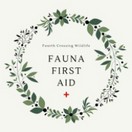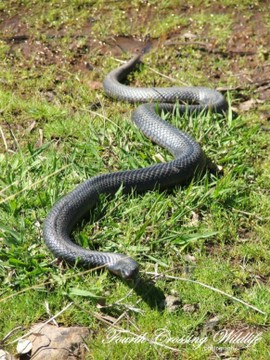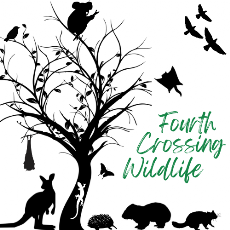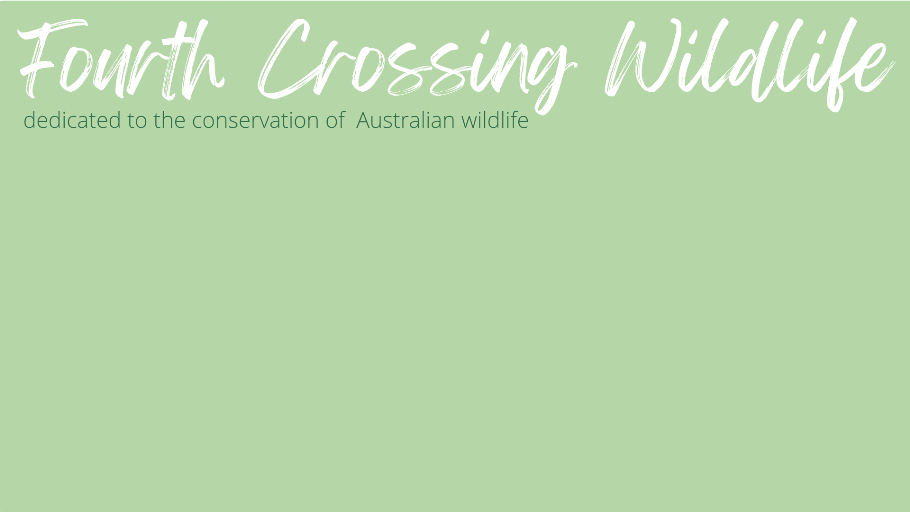Wildlife Resources

Living with Snakes
by Linda Dennis and Parks and Wildlife Service, Tasmania
 Red-bellied Black Snake DANGEROUSLY VENOMOUS Collet's Snake DANGEROUSLY VENOMOUS Green Python Non venomous Taipan DANGEROUSLY VENOMOUS Fierce Snake DANGEROUSLY VENOMOUS | Sadly, snakes have been endlessly persecuted because of fear and superstition. Australians have often been guilty of killing snakes for no reason other than fearing them. It may come as a surprise to learn that snakes are not habitually aggressive and venom is used primarily to secure food and not as a defence. Only in the breeding season may they become territorial. Encountering Snakes Snakes may be seen in the most surprising places (including cities) especially when water is in short supply. It is best to leave them alone or watch them from uphill. If they must be disturbed do it from a distance. Although most will be just passing through, snakes do occasionally take up residence in suburban yards. During prolonged dry periods, they are attracted to gardens in search of water in rubbish, dog bowls, fishponds, swimming pools etc. Properties near scrubby creeks are especially prone to serpentine visits. To minimise such presence in your garden keep: • grass mown. • garden debris to a minimum. • wood heaps away from the house, and / or elevated 0.5 m above ground level. • under the house well sealed or very clear and dry. • standing water and wet spots to a minimum. • seal cracks in concrete which may shelter snakes and lizards. Rockeries are a major attraction for reptiles. • have a well maintained paling fence. Avoiding Bites Snakes are naturally shy animals and their first form of defence is to move away from danger. Contrary to popular belief, they will not deliberately chase humans, but if provoked or cornered they may bluff or even attempt to bite. Most people who have been bitten were attempting to kill or handle a snake or have trodden on it - an attack from the snakes' point of view. Although several people are bitten each year the last person proven to be killed by a snake in Tasmania was a handler in 1977 and the last killed in the bush was in 1966! The risks are very low. If you encounter a snake, the best thing to do is to let the snake go its own way. To avoid being bitten you should: • Step onto rather than over logs - a snake may be basking on the other side. • Be alert at all times when in the bush, especially in the early morning during the warmer months when snakes are more likely to be sunning themselves but are slow to react. Wear shoes and trousers, instead of thongs and shorts. • Avoid walking through long grass or reeds. • Inspect hollow logs and rock crevices before putting a hand into them. • Do not try and handle or kill a snake. • Avoid snakes when sighted. First Aid One of the early symptoms of Tiger Snake bite is a massive frontal headache. • Stay calm! Fear often leads to shock which makes the situation more dangerous. Reassure the victim at all times. The chances of death are very small. Record information on allergies and medications of the patient. There is always a chance of unconsciousness. Record pulse rate. • Bandage the bitten area immediately with a broad, firm bandage, preferably elastic based (e.g. a sports bandage), and cover as much of the surrounding area or limb as possible and leave it covered. Bites are usually on a limb so bandage the whole limb starting from the extremity and working up the limb. Do not remove the bandage. A tourniquet is not recommended. • Immobilise the bitten area immediately - if the bite is on a limb, secure with a splint. • Bring transport to the victim, if possible, for transfer to medical care. • Seek medical help. • Treat the symptoms, give Cardio-Pulmonary Resuscitation if necessary. • DO NOT cut the bitten area. • Try to identify the snake so that the appropriate anti-venom can be administered. Snakes and Humans Where humans are concerned, snakes are actually shy animals preferring to move away and hide or lie still in the hope of being overlooked. Their natural camouflage generally makes them inconspicuous. Fortunately, attitudes are beginning to change and people are learning to respect these marvellous reptiles. So, before you reach for a stick, calmly assess the risks. You may even begin to admire them - certainly you should respect them. This information has been used with kind permission from the Parks and Wildlife Service, Tasmania web site www.parks.tas.gov.au |
Living with Snakes
The PDF file is 429kb


